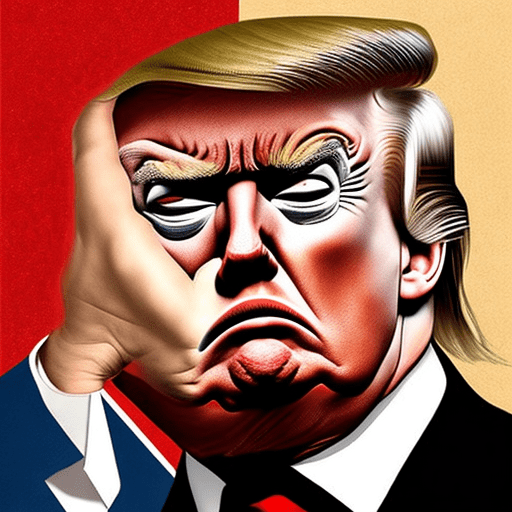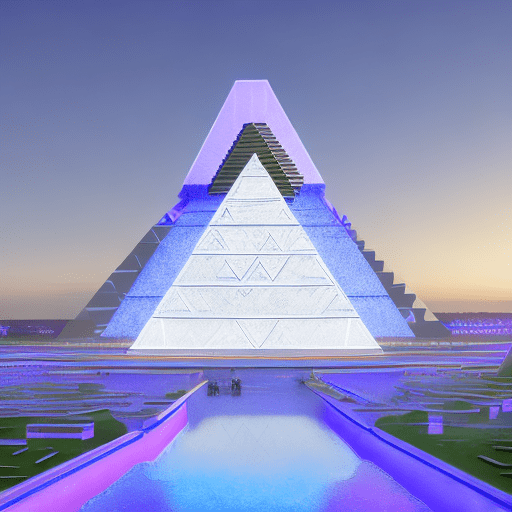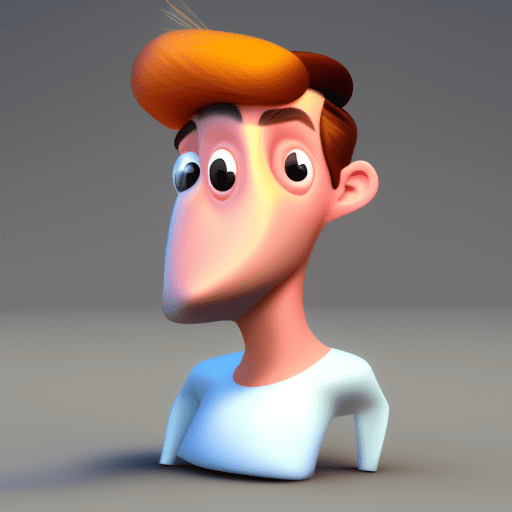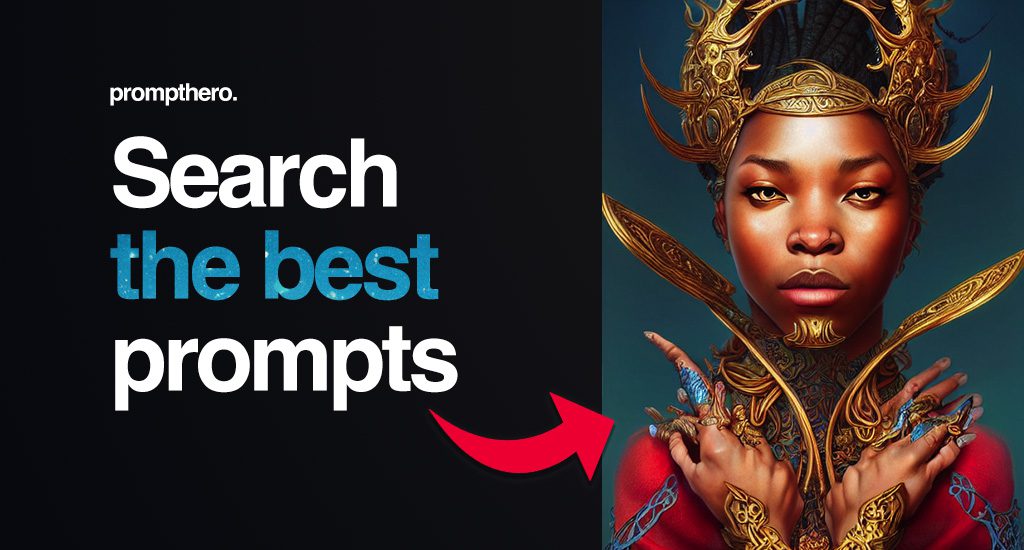In a striking crossover of art and modern politics, the portrayal features Donald Trump photographed with a fiercely disconcerting look on his face, reminiscent of the emotive intensity seen in Salvador Dali’s renowned piece, “The Face of War.” This iconic rendering uniquely captures the furore and complex layers of emotion that both artworks aim to convey, juxtaposing the nuances of surrealism with the turbulent realm of contemporary political figures. The reimagination of Trump’s countenance through the lens of Dali’s surreal perspective seems to excite a perceptual dissonance, contemplating the ways in which art serves as a reflection of societal unrest and underlying tensions.
This fusion confronts the viewer by infusing the recognizable visage of Trump with a gestural composition reminiscent of the haunting and chaotic energy that emanates from “The Face of War.” The artist intentionally parallels Trump’s ever-divisive persona, catalyzing a dialogue through an amalgamation of stylistic elements from surrealism and the portraiture of influential personalities. The vivid interpretation melds intense facial expressions with thematic motifs that epitomize the turbulent landscape of both past and present, encapsulating a sensory overload of emotion and critique.
By reimagining the contours of politics on a canvas once dominated by surreal aesthetics, this captivating visualizes resounds with connotations that compel introspection and stir conversation. Trump’s demeanor adopts a twisted form, laced with tragedy and severity, echoing the distressing and overpowering qualities evoked by Dali in “The Face of War.” The incorporation of these intense sensations transforms the static form of portraiture into a dynamic domain of conceptual inquiry, challenging the viewer to grapple with the confrontational aura radiating from the convergence of politics and art.
The utilization of Salvador Dali’s evocative framework to depict Donald Trump’s stern disarray epitomizes a profound reconsideration of power dynamics and perceptual distortions entrenched within our contemporary socio-political climate. The intermingling of Trump’s likeness with Dali’s expressive flourish embraces a transformative quality, igniting debates surrounding truth, perception, and dissonance in an era marred by conflicting ideologies and social upheaval. Through this amalgamation of visual rhetoric, the convergence of past artistic genius and present political turmoil incites an era-spanning narrative that blurs the boundaries between tradition, surrealism, and ambition for change.







